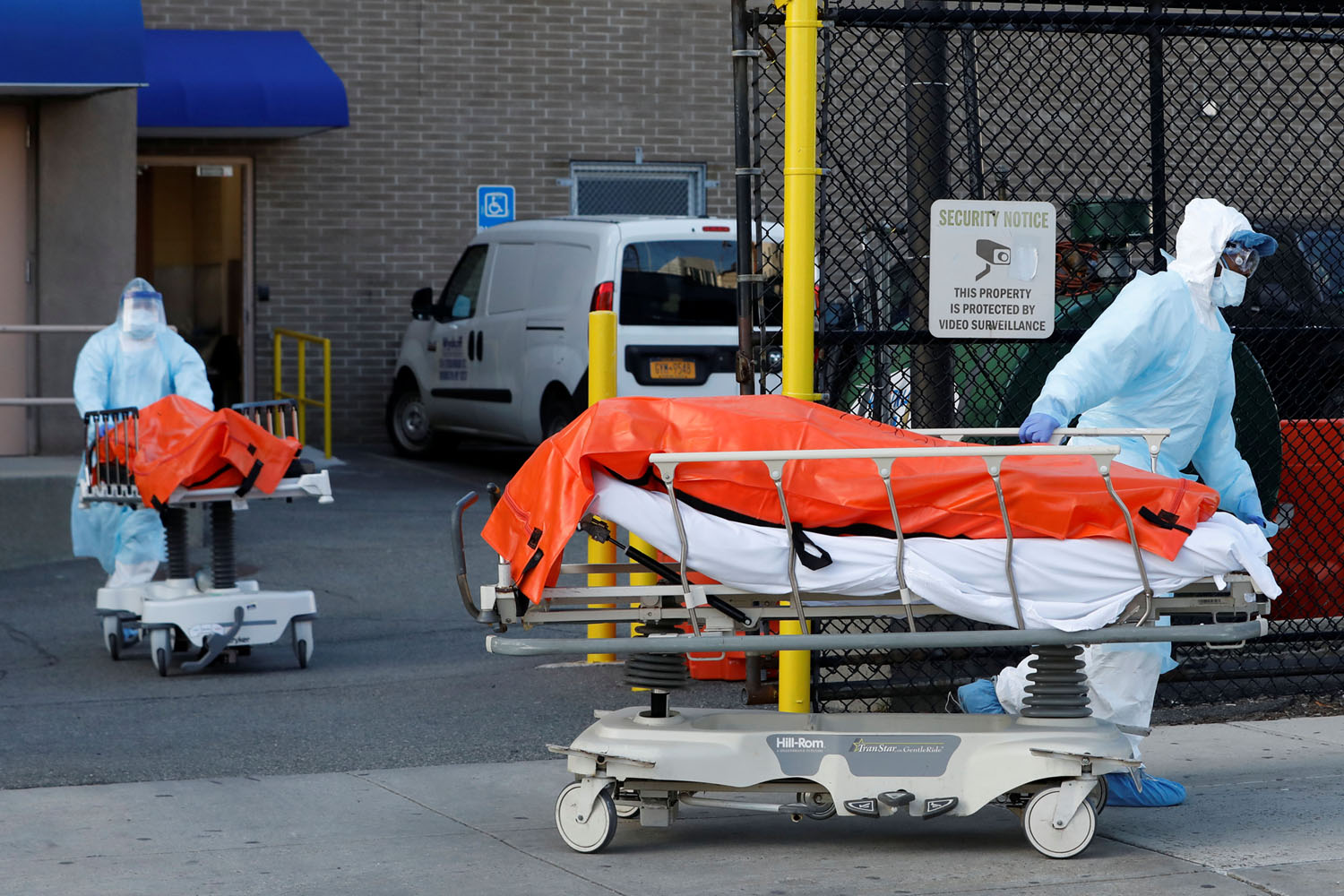The United States is at war. It faces an enemy, COVID-19, that has already killed 45% more Americans than the Vietnam, Korean, Iraq and Afghanistan wars combined.
According to Thehill.com,this enemy has created countless personal tragedies, divided the nation, and is attacking the engine of US economic growth and prosperity — the private sector and the middle class. So far, by most metrics, America is losing. It is time to reassess its strategy for fighting the economic war.
While the Federal Reserve’s $3 trillion monetary policy response has been broad, there are clear geographic and socioeconomic inequities in who is benefiting from this response. Disturbingly, the major analysis suggests that states where politicians are most reluctant to support additional restrictions and additional spending (e.g., Texas, Florida and Georgia) are faring much worse economically – and with lower potential benefits from existing economic policy responses – than states with a more cautious approach (e.g., Pennsylvania, Delaware and Maryland).
Given the inequities and limitations of the existing monetary policy response, many are calling on Congress to respond with a fiscal policy that recognizes two realities. First, US is at war with our most dangerous adversary in more than 70 years. Second, victory is not possible without spending and sacrifice.
To illustrate the limited effect of the existing monetary policy response on households, experts constructed an index of the extent to which households can benefit from low interest rates. To construct our index, they used the most recent, post-COVID-19 data on employment, income, homeownership and housing prices. They then ranked states into three groups: high, middle and low performers. As demonstrated in this map, households in the Midwest and the South are faring extremely poorly and are the least likely to benefit from monetary policy because of relatively low median income, (Louisiana and Georgia), high unemployment (Florida and Nevada) and/or low homeownership (Texas).
Inequities in the ability to directly benefit from monetary policy suggest Congress needs to open a second front in the US economic war on COVID-19: a meaningful, wartime fiscal policy. The CARES Act and initial stimulus was a good start. But it was temporary and anticipated a quick recovery — one that did not materialize. Congress needs to counterattack on three fronts:
Create a facility to purchase and backstop consumer loans. When facing Depression-level unemployment, it should be no surprise that there will be a wave of consumer defaults. The tip of the iceberg is apparent: Banks are under sufficient stress that the Fed prohibited dividend payments; more than 100 million consumer loans are already in forbearance; and banks have started preparing for record loan losses not seen since the 2007-2008 Financial Crisis.
Treasury has facilities to backstop loans of non-investment-grade corporate debt, and Fannie and Freddie Mae have a history of purchasing mortgages. Congress should augment these facilities to purchase consumer loans. By sharing risk with government, such a facility would protect banks that are lending money to households and preserve consumers’ access to capital. While purchasing consumer loans may seem risky, the delinquency rate on credit card receivables is historically lower than that of mortgages — suggesting that these loans carry less risk than those the government is already purchasing.
Direct stimulus. To stimulate the economy, we need to stimulate demand. This means getting money in the hands of people who are going to spend it — the middle class and poor. At the same time, we need to reduce waste and the uncertainty about stimulus. One efficient way to achieve this would be for Congress to provide a pre-paid debit card, and at the end of each month for the next six months, reset the balance on the card to $1,000. This way, if a consumer spends only $300 in a given month, she will see only a $300 increase at the end of the month. If the card is never used, it never increases beyond $1,000. A rough estimate of cost, assuming an unrealistically high 100 percent usage for six months and a median income cutoff, is $1 trillion.
Subsidize employment. We are facing Depression-level unemployment, concentrated in low-income earners. Those individuals working in jobs that pay less than $40,000 face an unemployment rate of 40 percent. We propose adapting the successful strategy implemented by Denmark, Netherlands and Great Britain to stimulate employment. This strategy seeks to achieve three objectives (1) reverse layoffs, (2) avoid creating dependence on government and (3) avoid the costs associated with re-matching companies and workers when the economy re-opens.

